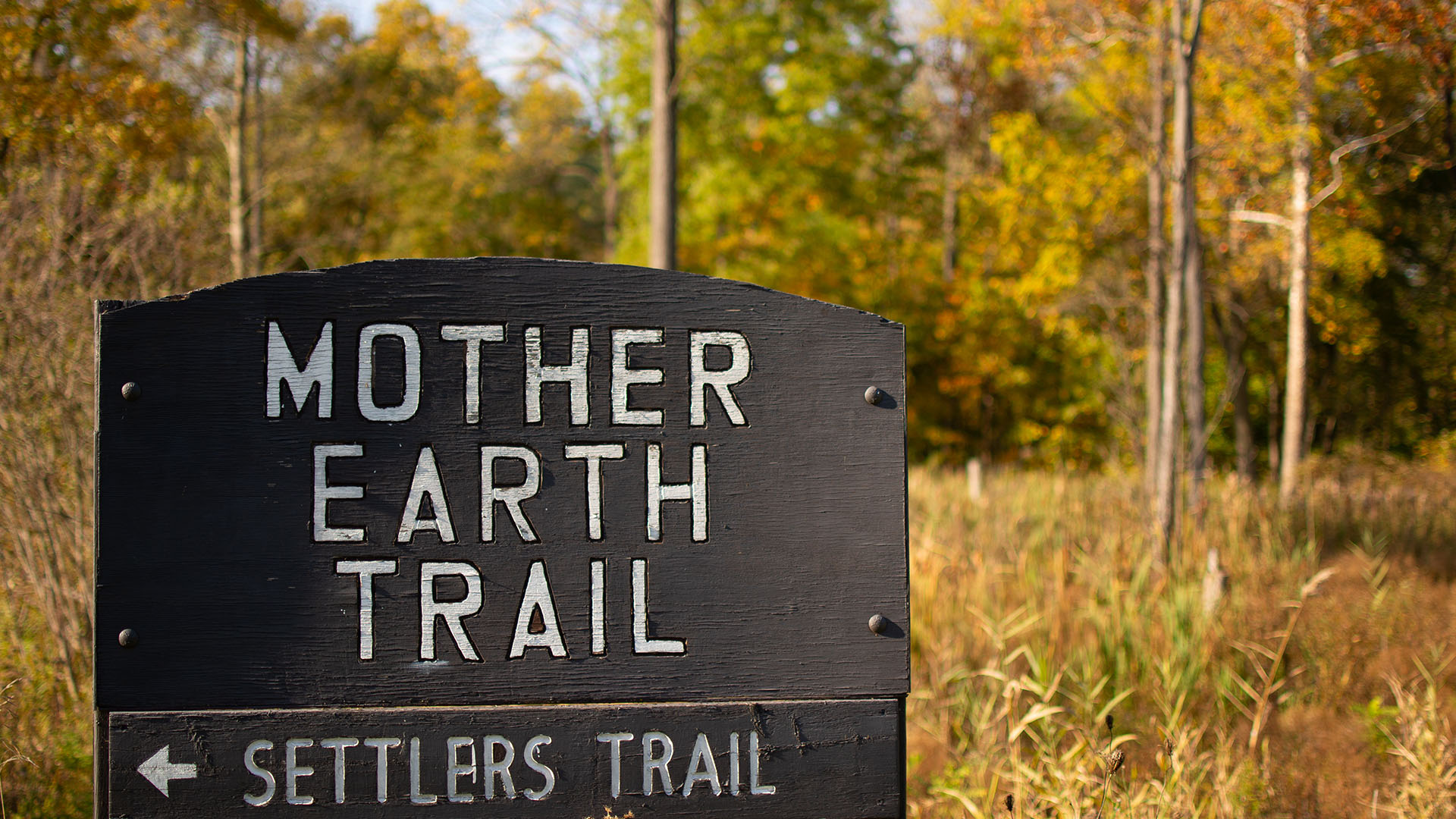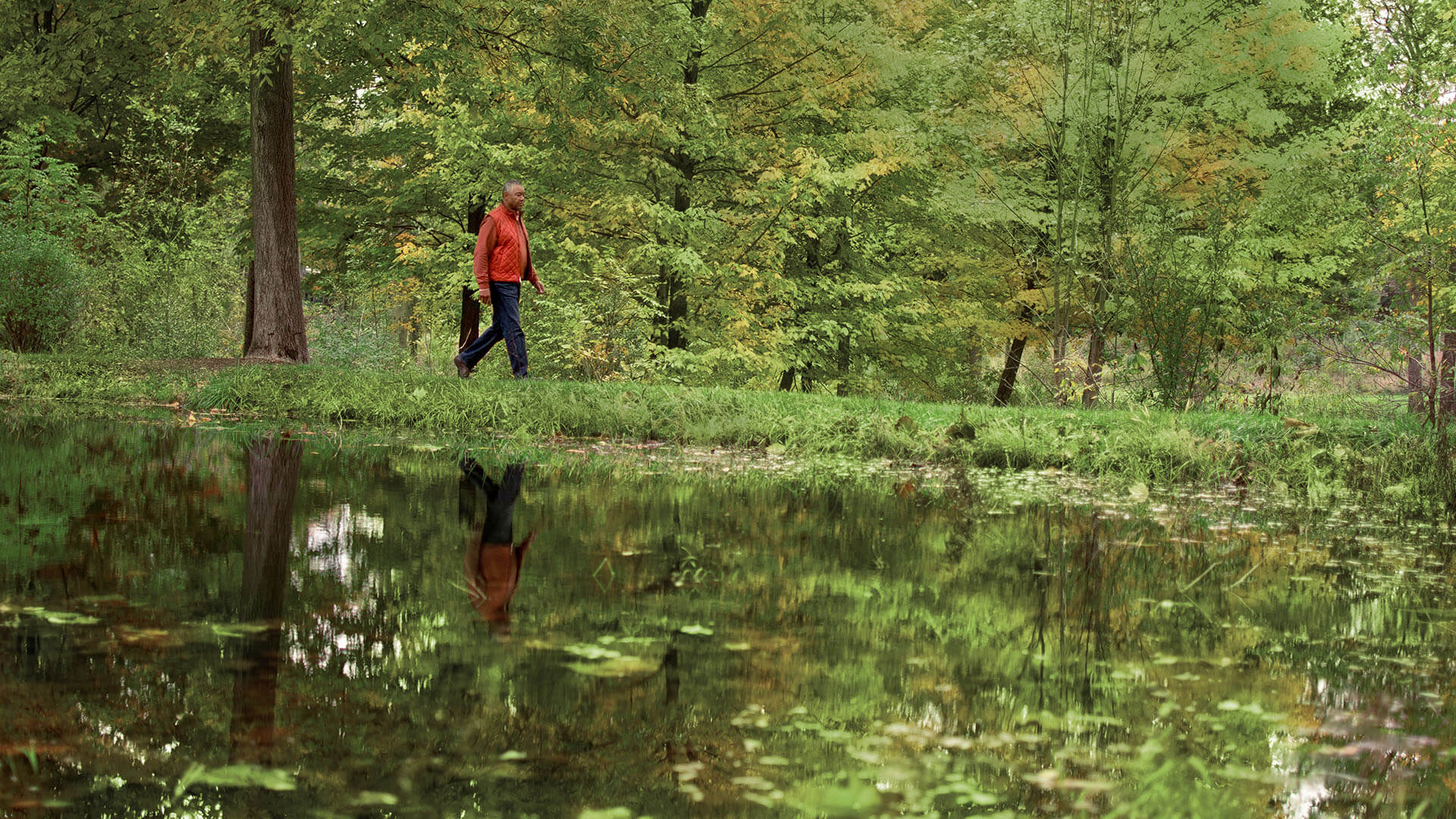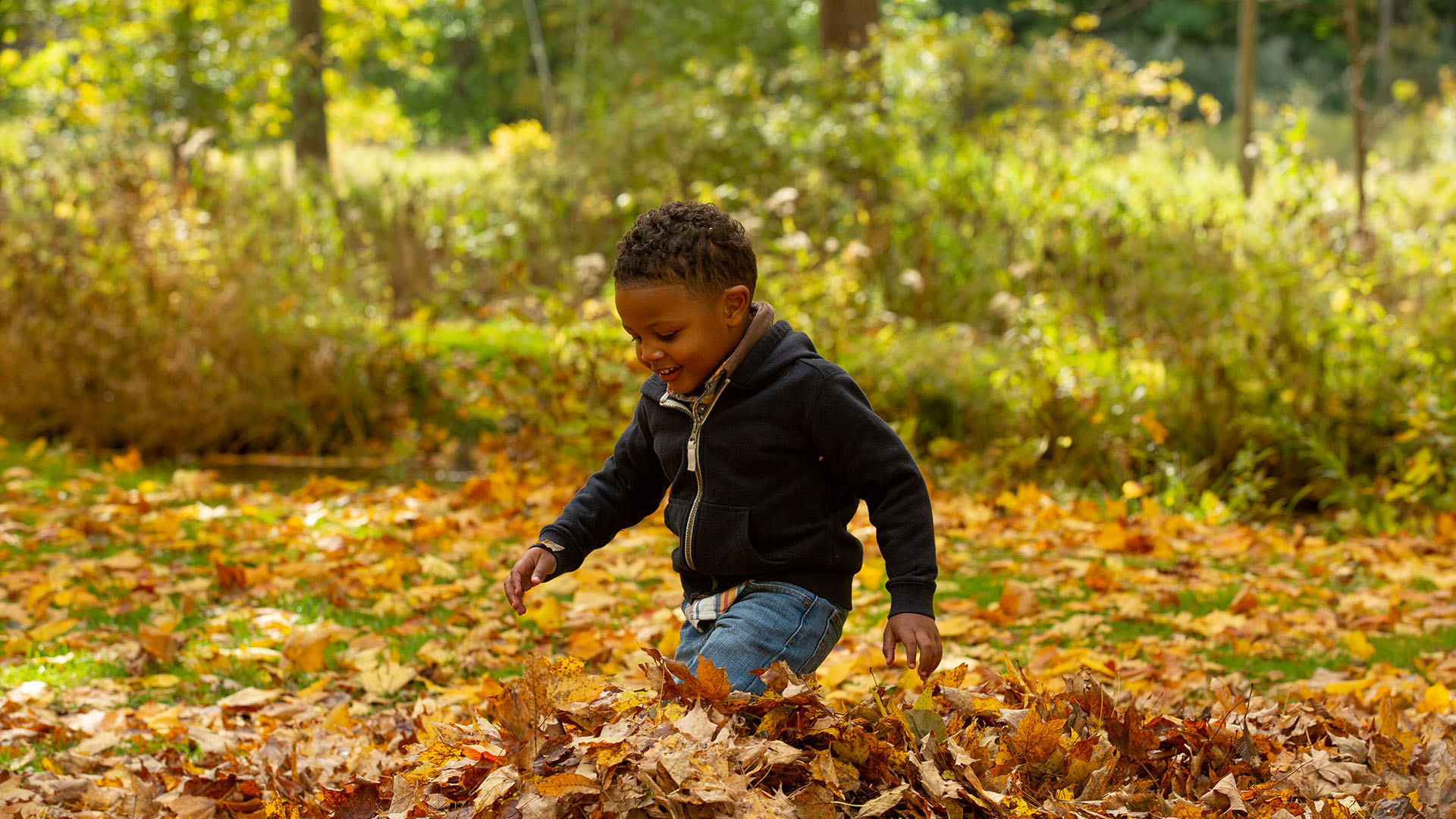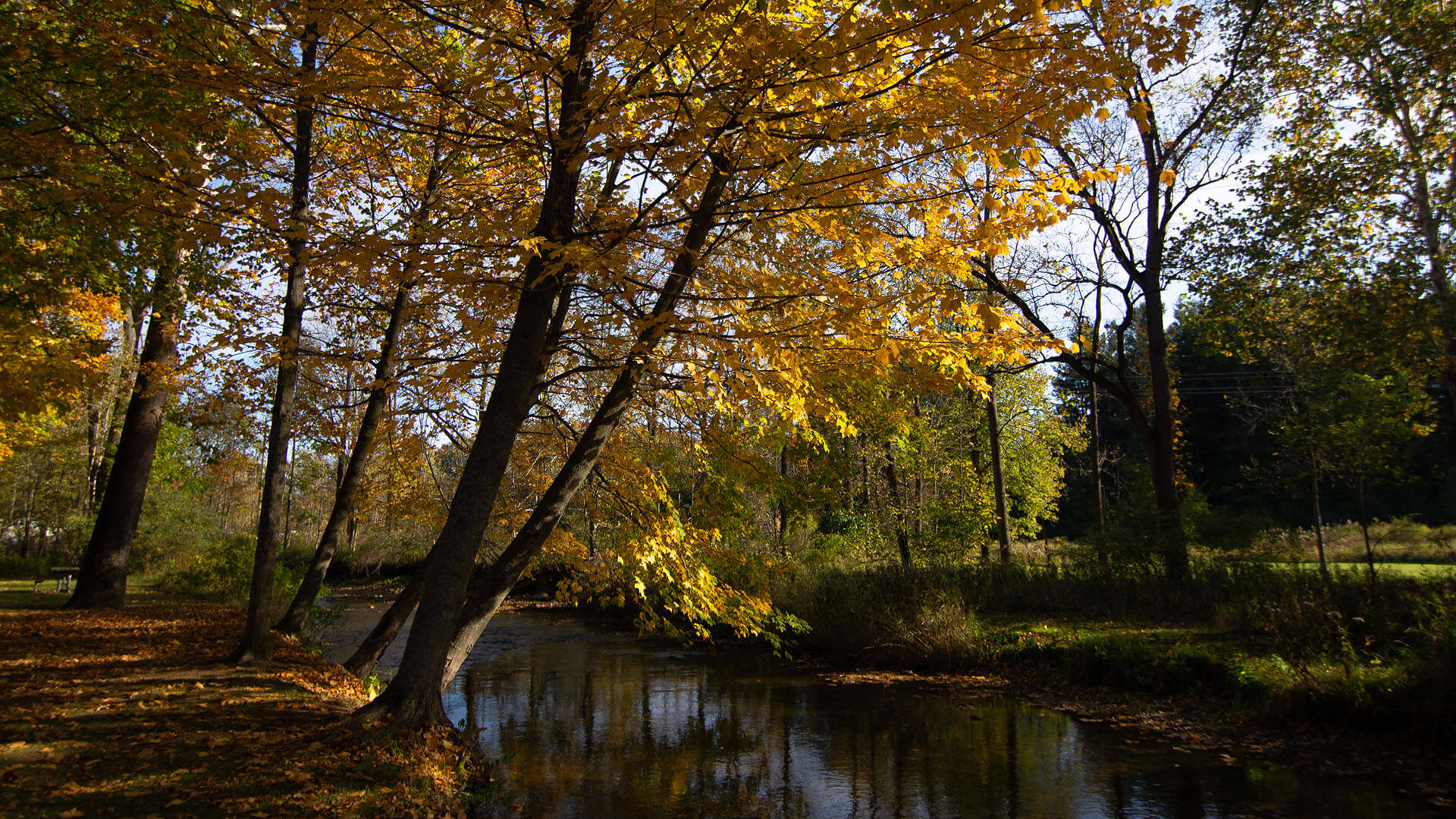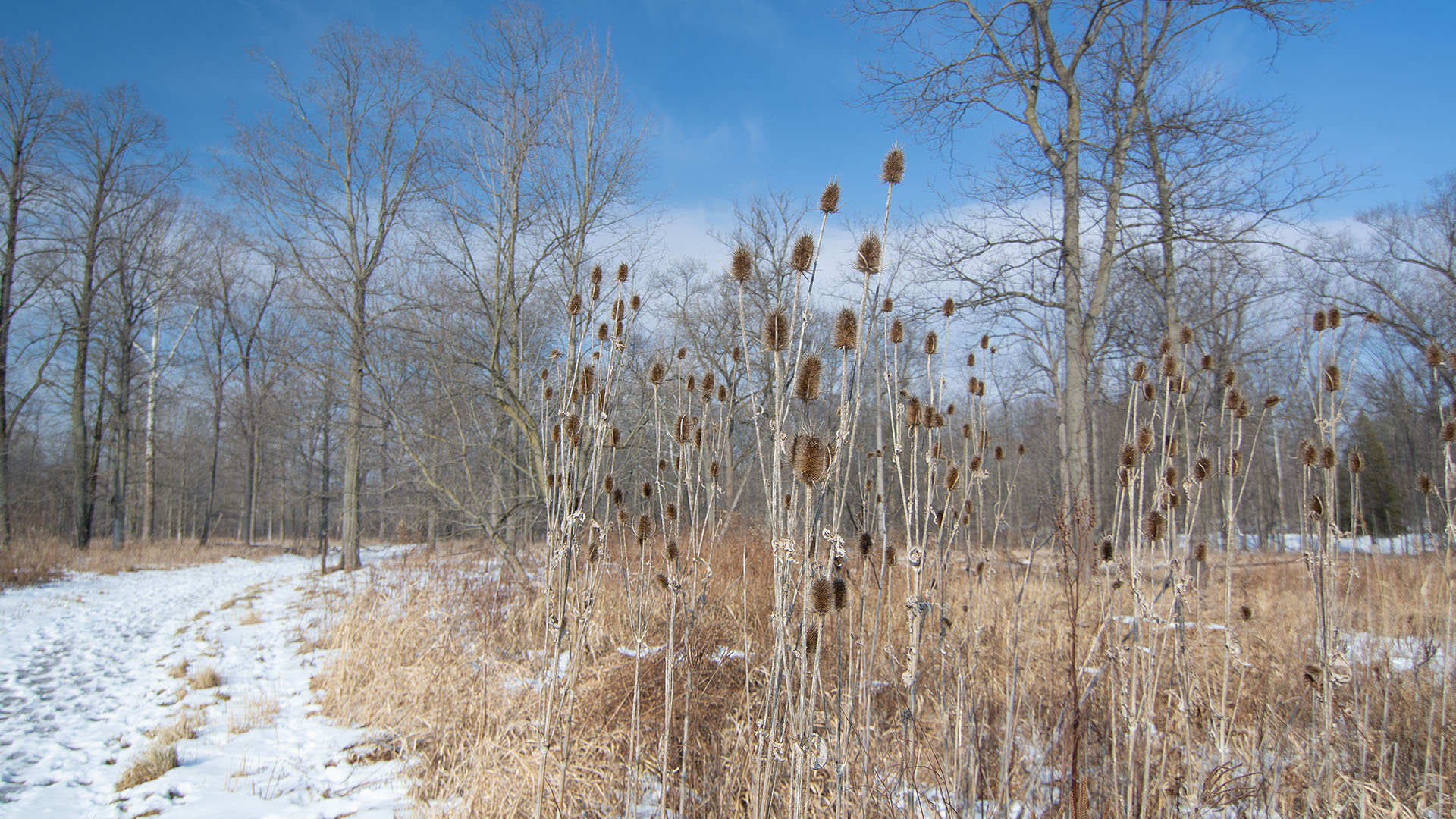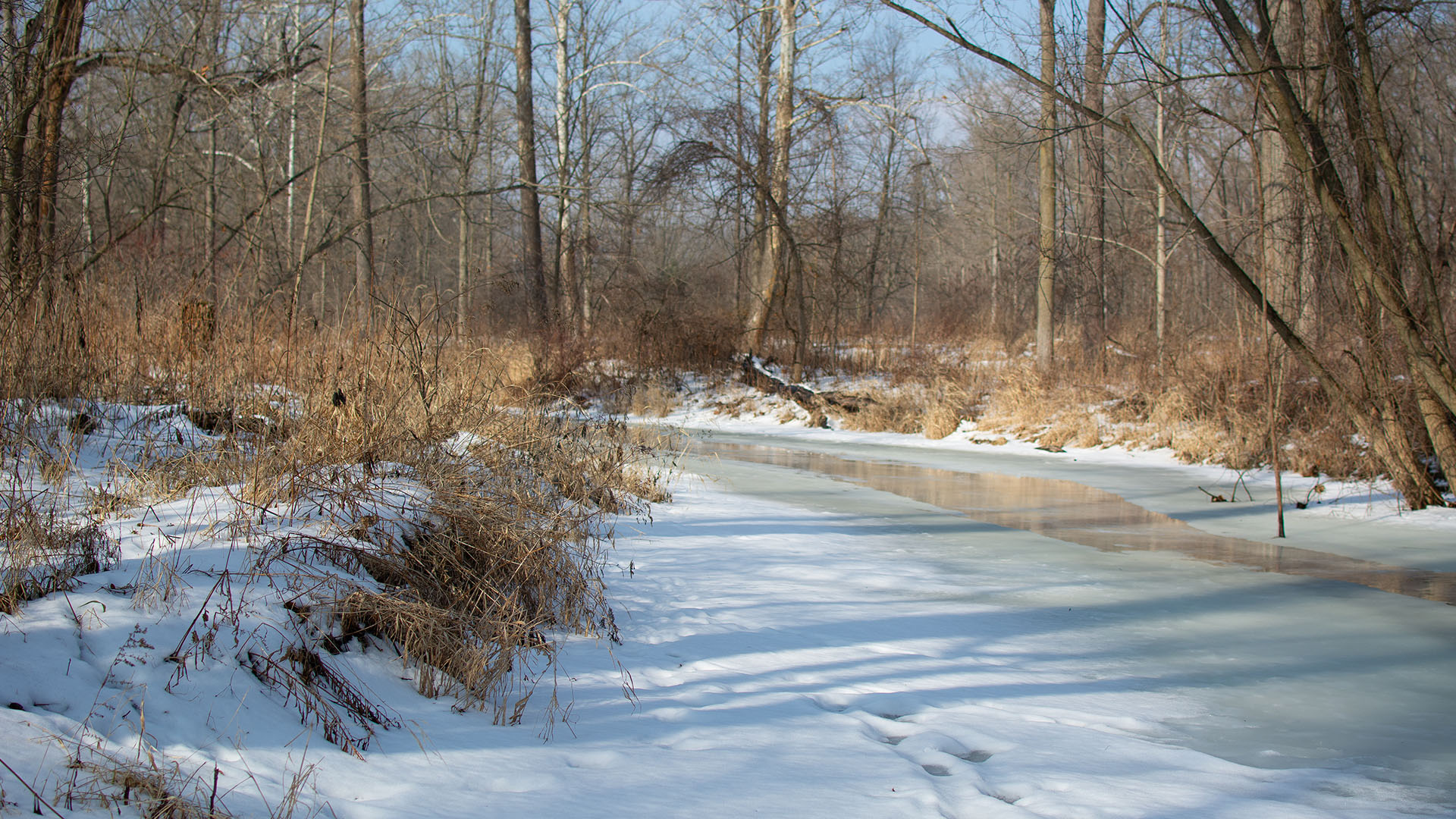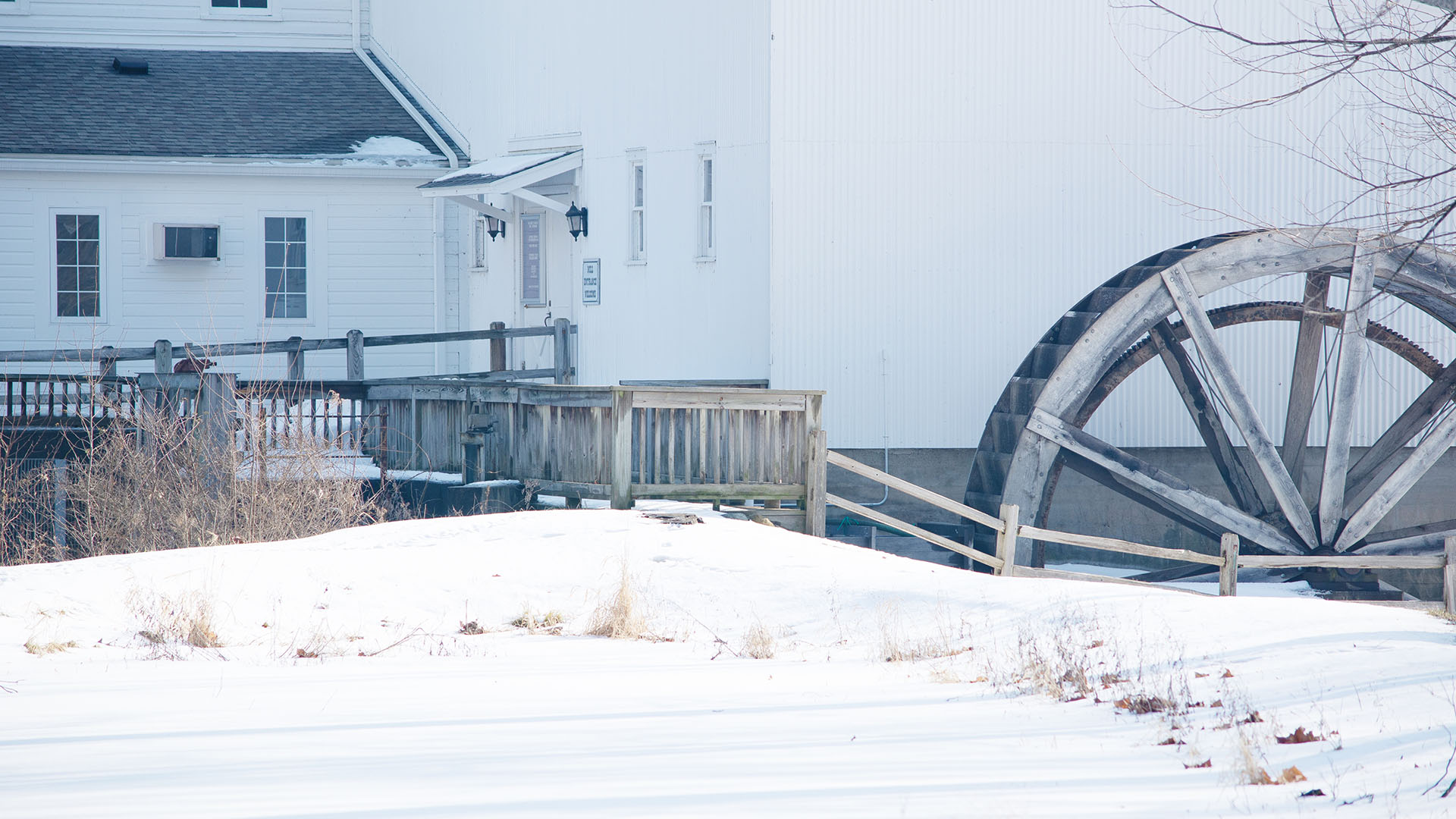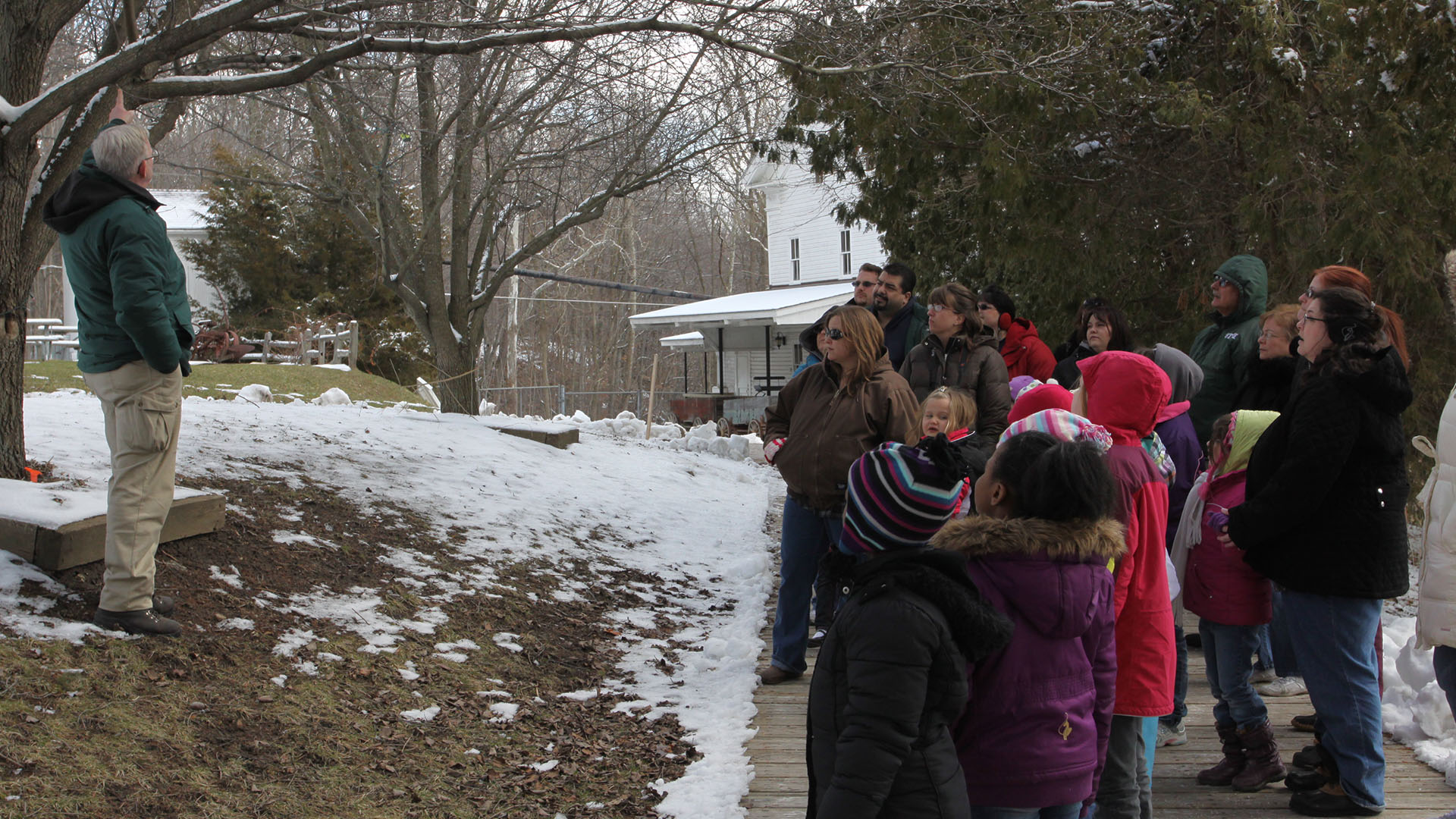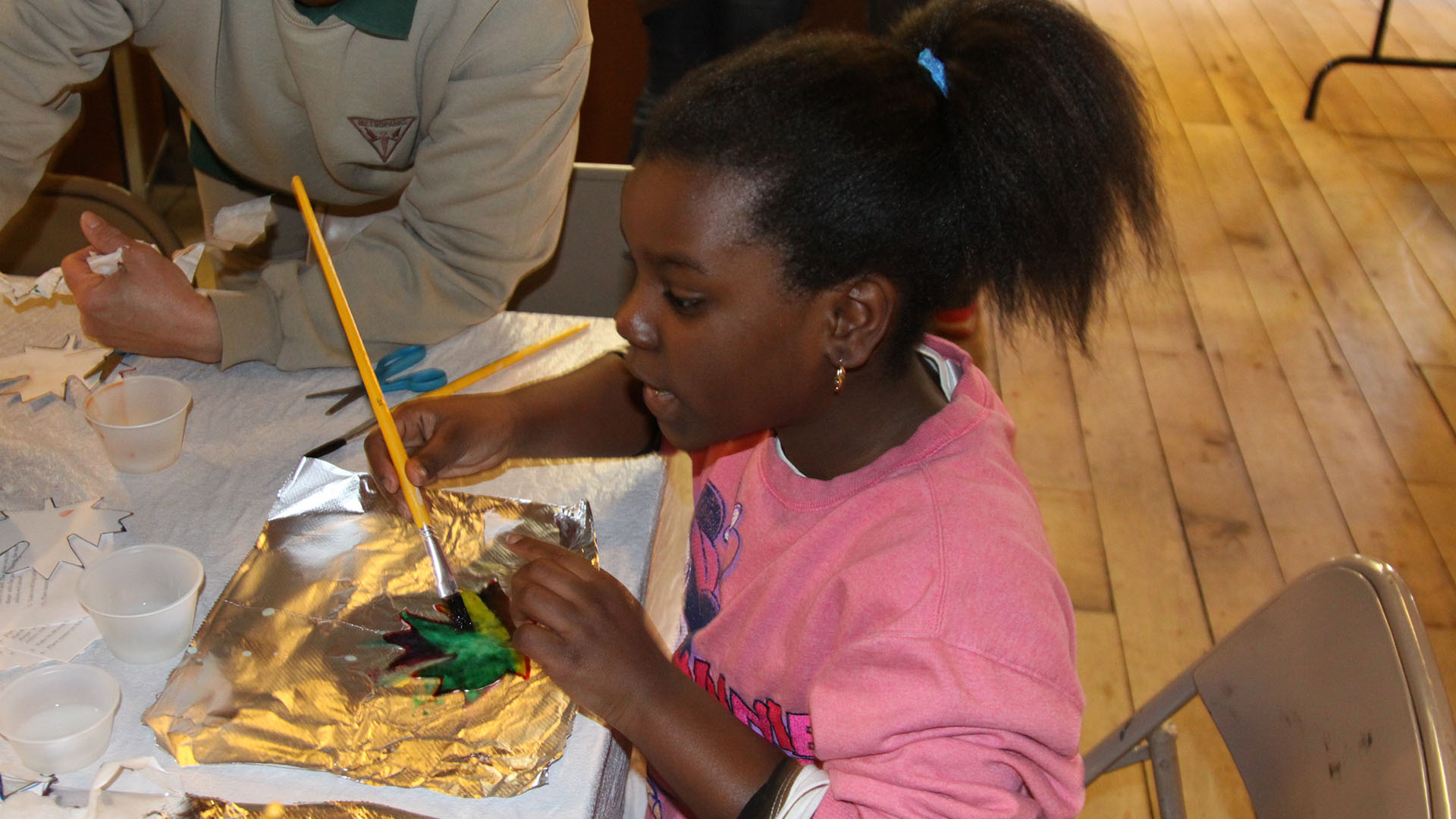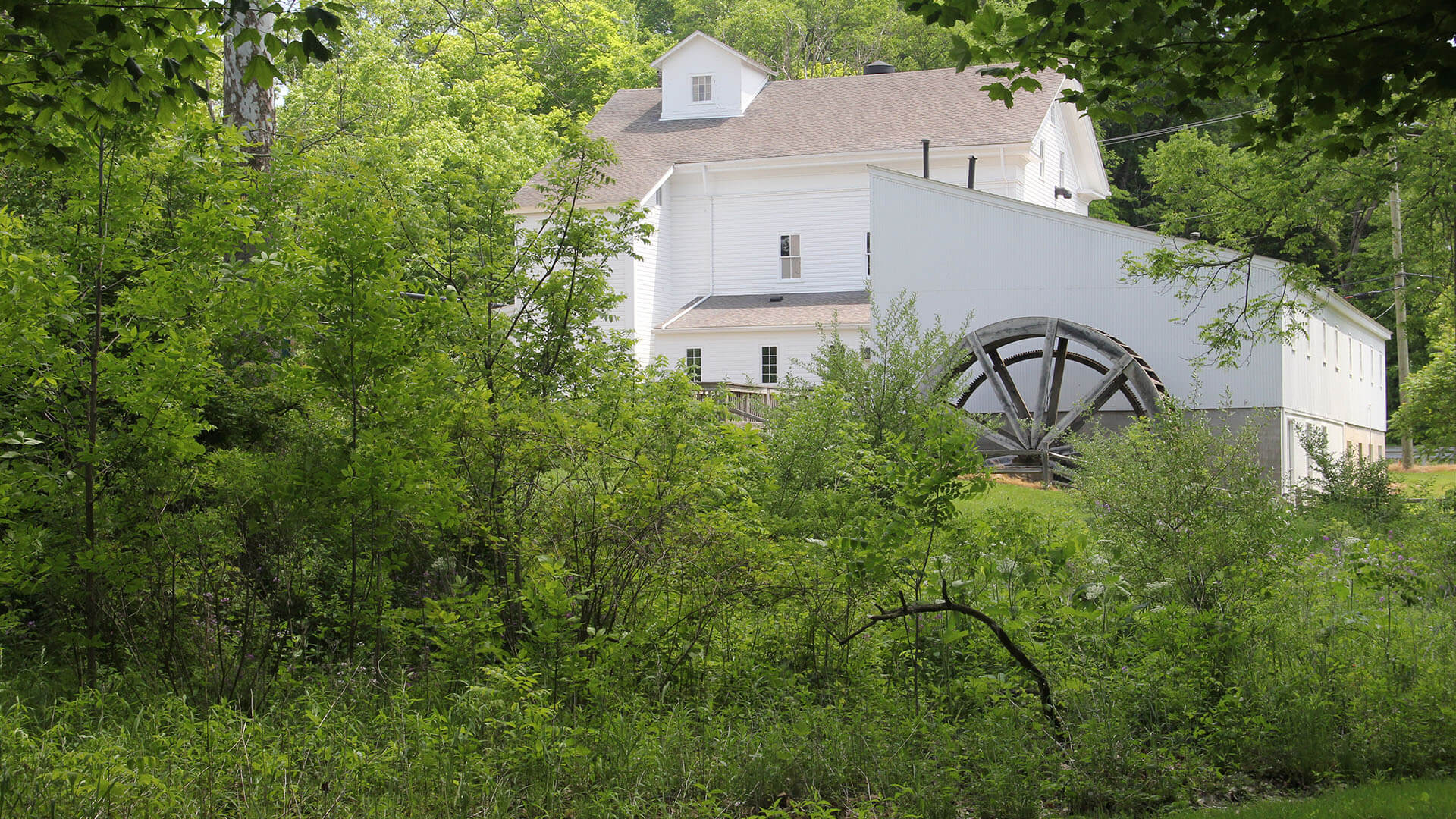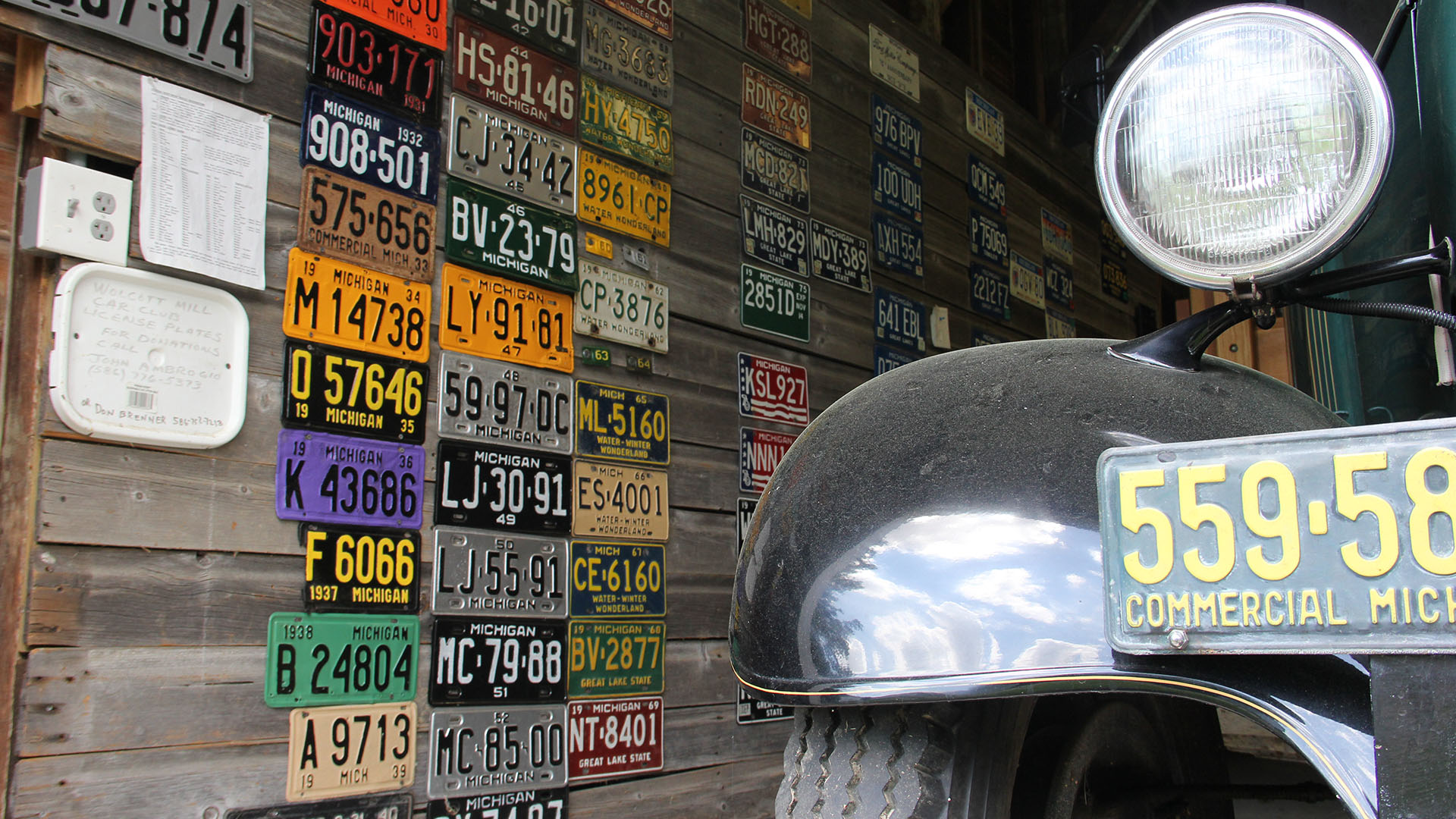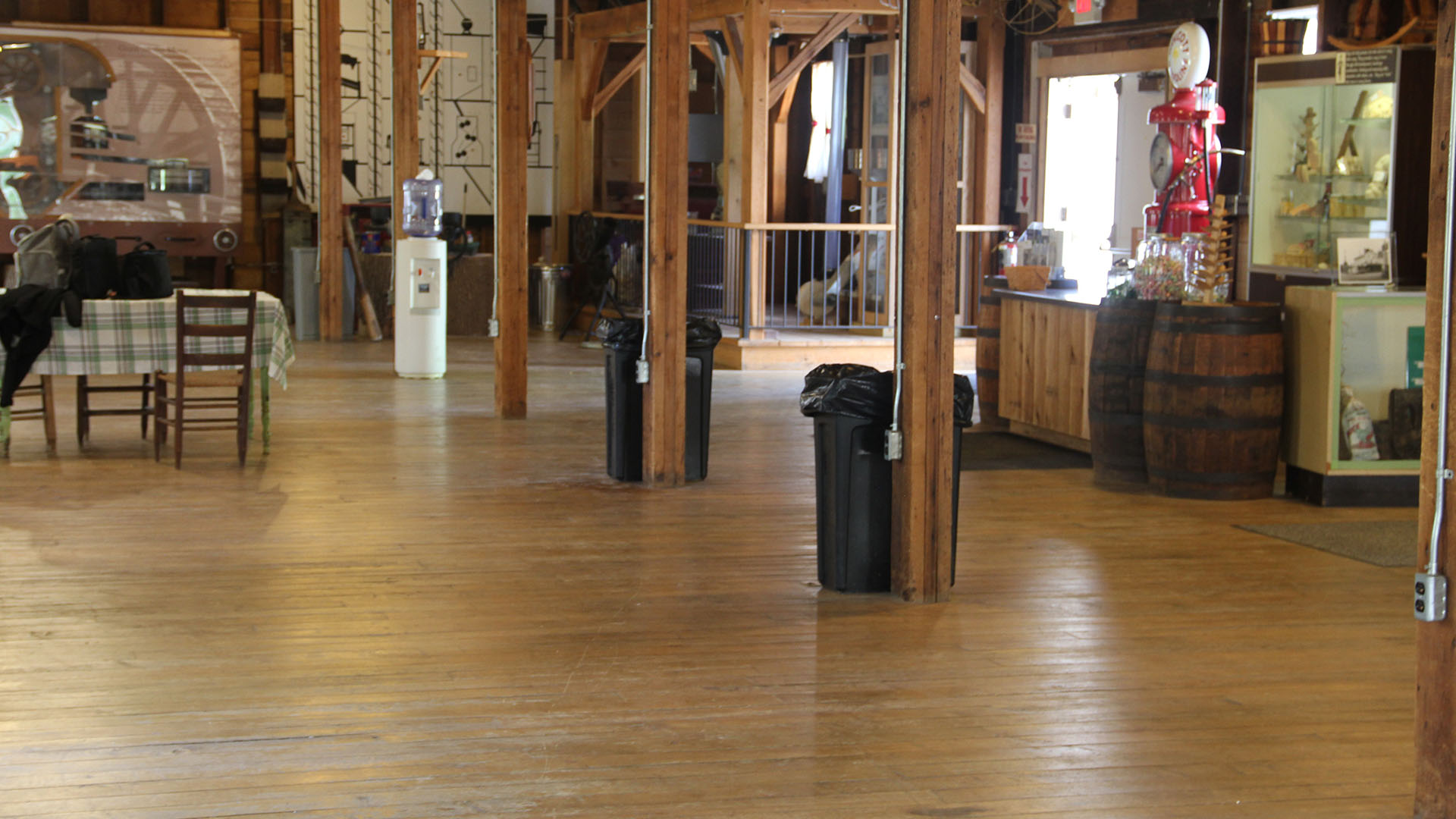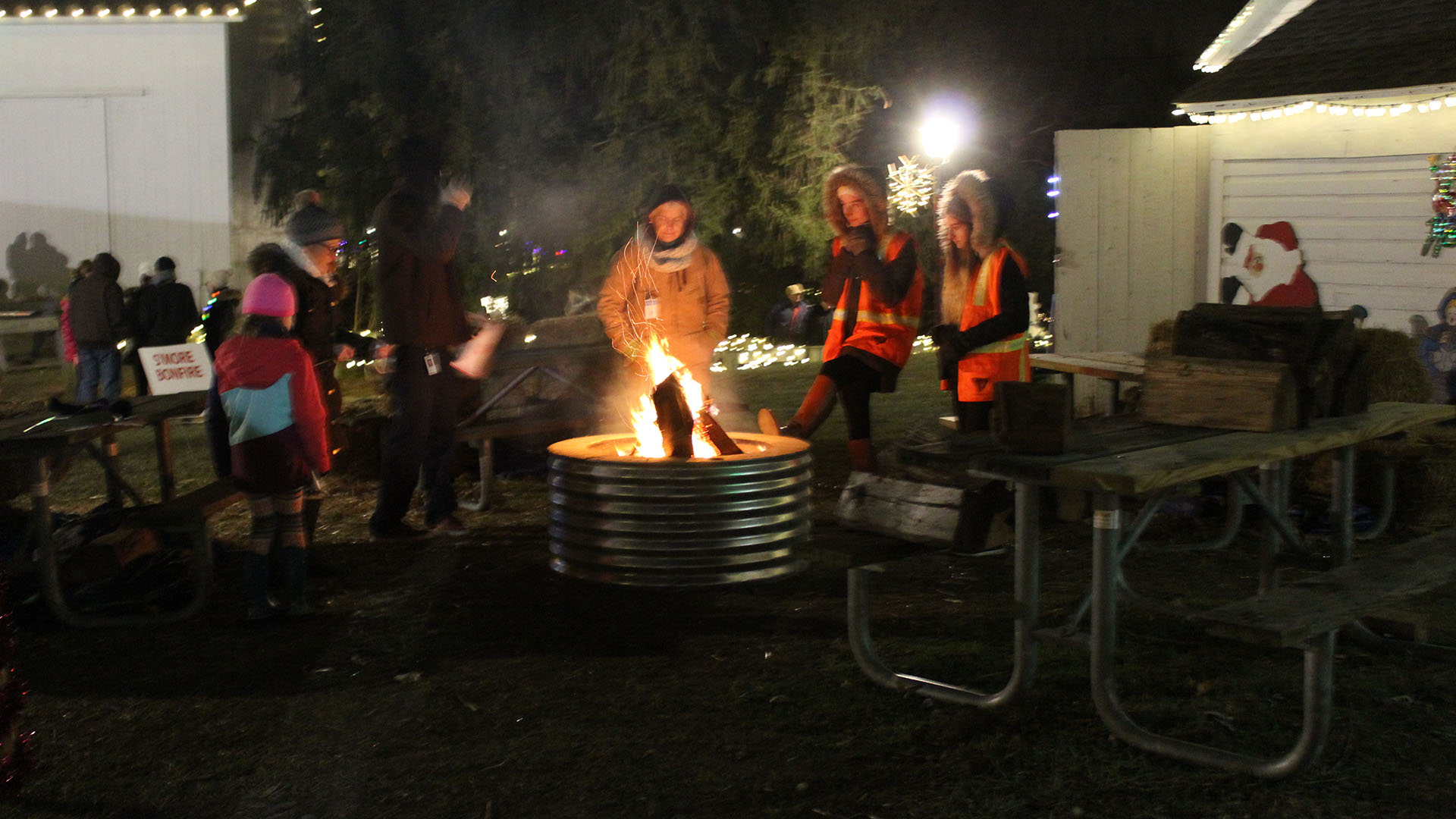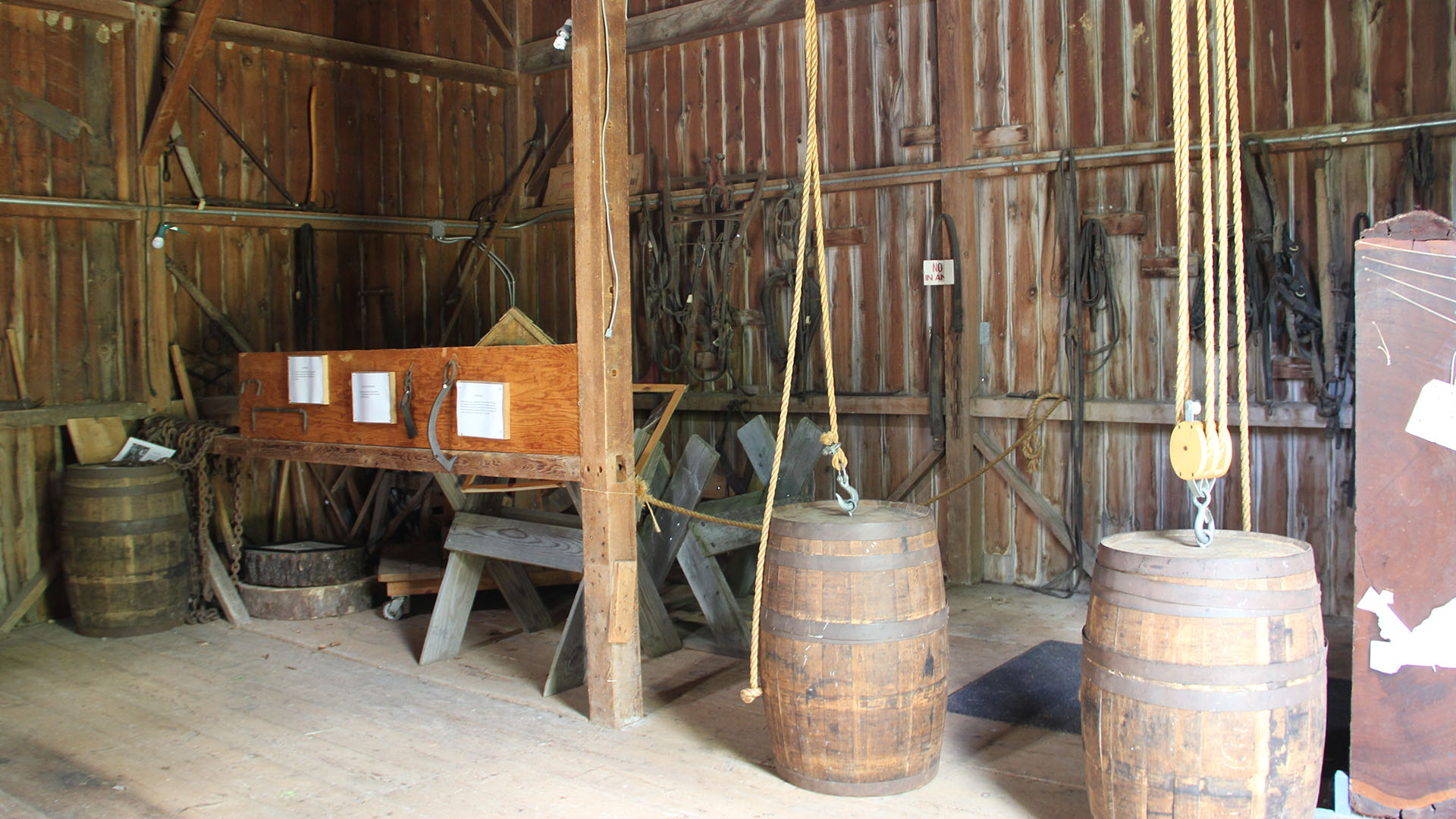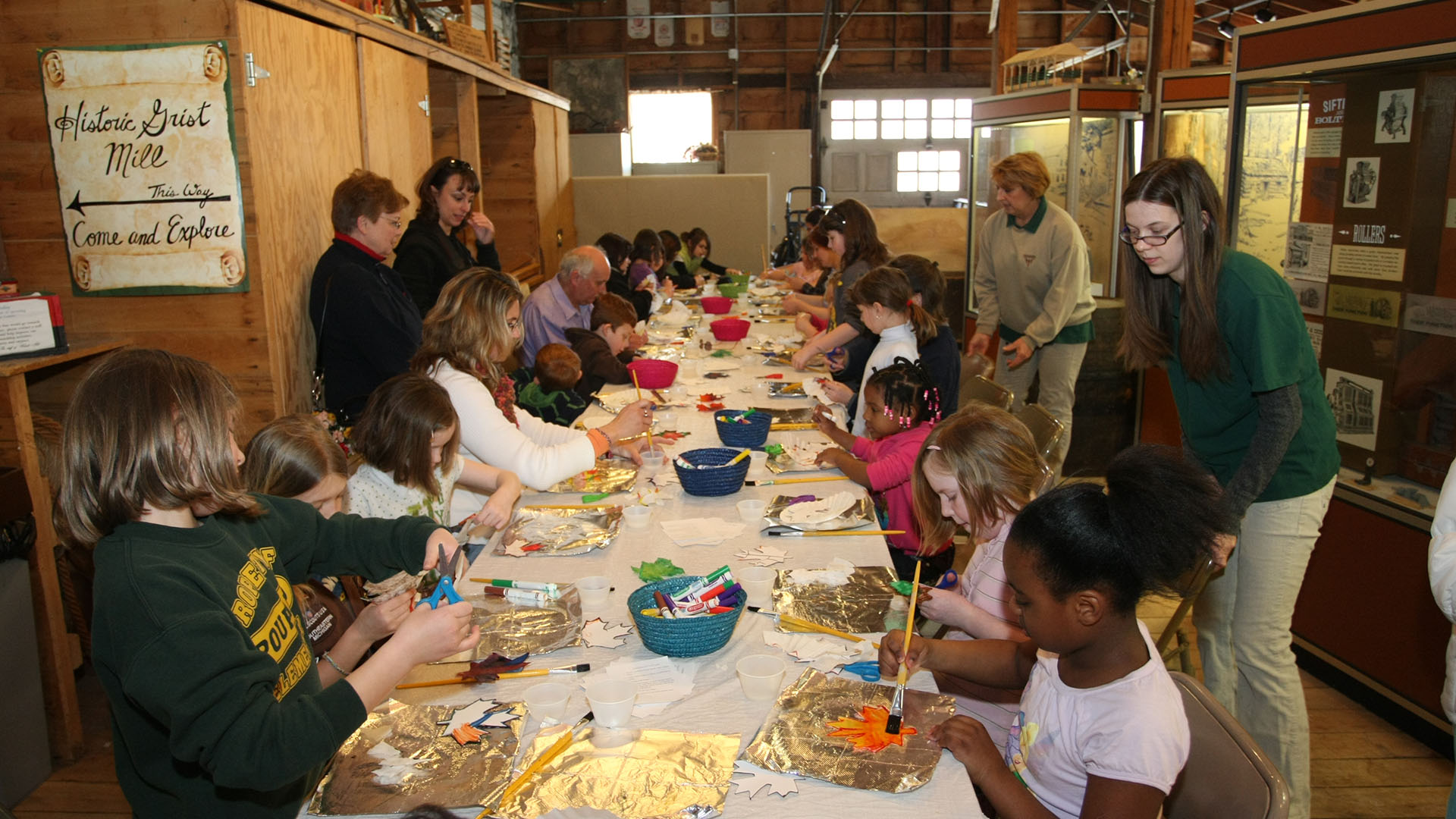HISTORIC CENTER
| 64162 Kunstman Road, Ray, MI 48096-2434 | |
| (586) 752-5932 | |
| November through March, 7 a.m. – 7 p.m. April through October, 7 a.m. – 8 p.m. |
|
| Closed Thanksgiving Day and Christmas Day. | |
The Historic Center is the location for the grist mill that gives this park its name and dates to the mid-1800s, when milling was an essential industry in Michigan and Macomb County. This grist mill, built in 1845 and listed on the National Register of Historic Places, was originally owned by one of the important early families in the county, the Freemans, and passed through several other hands before being sold to Frederick Beech Wolcott in 1878. Frederick (Fred) Wolcott and his family ran a successful milling business until 1967, when demand for locally milled grain declined and the mill ceased operation for good. Today it stands as a reminder of the history of agriculture and those that contributed to the survival of the local community.
The Historic Center takes you back in time to explore and appreciate history. From the mill to the barn buildings to the nature trails that were used by settlers, you will get a glimpse into the past while enjoying nature.
Our Displays
Currently the inside of the Historic Grist Mill is closed for repairs. However, visitors can still explore the grounds and a barn museum to discover the importance of old mills and the history of American barns, complete with antique farming equipment and a restored Model T dump truck. The mill, pond and two adjacent barns located on the property are listed on the National Register of Historic Places through the National Park Service, Department of Interior.
Our Trails
Hike through beautiful wooded trails and open fields on a combination of gravel, grass, and wooden boardwalk, that traverse rolling hills and river banks at the Historic Center and Camp Rotary. The trails at the Historic Center give visitors access to wooded forests, grassy fields, and river flood plains that play host to a wide variety of frogs, snakes, turtles, and birds that will thrill any nature lover.
MILL RACE TRAIL – .6 MILE
Walk along the millrace to the dam and return along the river. The dam backed up the millpond and sent the water down the millrace to the mill where it was used for power. The dam washed out during a storm in 1972.
MOTHER EARTH TRAIL – .7 MILE
This trail provides a short hike along the river bottom, giving visitors access to a wide variety of ecosystems. From lowland to forest land, visitors will walk along a scenic path that was used hundreds of years ago by the areas first inhabitants.
SETTLERS TRAIL – 2.5 MILES
Traveling along wooden boardwalks and steep embankments, the settlers trail takes visitors along the Clinton River and through wooded forest land to pass by some early sites of Ray settlements that time and weather have worked hard to reclaim.
Know before you go: Occasionally woodland trails may be blocked with debris such as fallen tree limbs. Nature trails are not cleared or salted in the winter and may be snow-covered, slippery or muddy. Water levels can change dramatically in a short period of time, depending on the season and the direction or intensity of the wind. Pets, bicycles and running are not permitted on the nature trails.

Educational programs and activities allow you to interact with nature and learn about the world around us in fun new ways. In-school programs, fields trips to the Metroparks, homeschool programs and scout programs can all be found at your Metropark interpretive centers.
What topics do we cover? Wildlife, natural science, environment, ecology, climate, farm life, regional history. And that’s just to start. Most Metroparks programs support the Common Core Science, Technology, Reading, Engineering, Arts and Math (STREAM) and Michigan Science Standards curriculum in content, methodology and technology use.
Learn more about educational programs and activities by clicking on the buttons below.
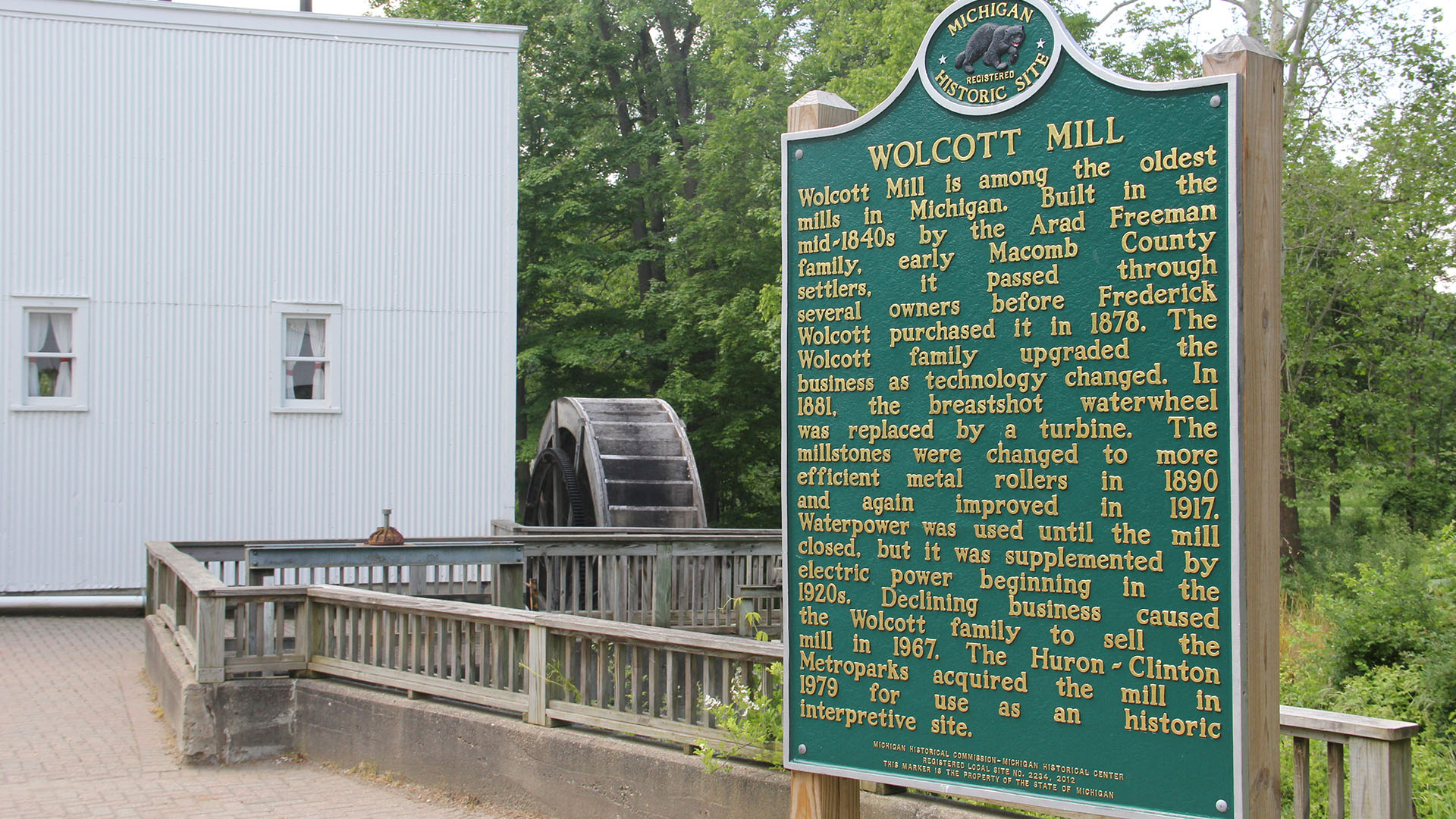
The Metroparks are committed to removing barriers, creating and improving access, and increasing recreation opportunities for all.
Historic Center Grounds
The Historic Center has a combination of concrete, gravel, brick, and wooden boardwalk pathways that traverse a rolling landscape. The restrooms allow for wheelchair access.
Sensory-Friendly Facility Map
Coming soon.
Social Stories
Coming soon.
Trails
The pathways at the Historic Center are a combination of gravel, grass, and wooden boardwalk, that traverse rolling hills and river banks. Rustic Trails winding along the Clinton River, the trails at the Historic Center give visitors access to wooded forests, grassy fields, and river flood plains that play host to a wide variety of frogs, snakes, turtles, and birds that will thrill any nature lover.
MILL RACE TRAIL – .6 MILE
Walk along the millrace to the dam and return along the river. The dam backed up the millpond and sent the water down the millrace to the mill where it was used for power. The dam washed out during a storm in 1972.
MOTHER EARTH TRAIL – .7 MILE
This trail provides a short hike along the river bottom, giving visitors access to a wide variety of ecosystems. From lowland to forest land, visitors will walk along a scenic path that was used hundreds of years ago by the areas first inhabitants.
SETTLERS TRAIL – 2.5 MILES
Traveling along wooden boardwalks and steep embankments, the settlers trail takes visitors along the Clinton River and through wooded forest land to pass by some early sites of Ray settlements that time and weather have worked hard to reclaim.
Know before you go: Occasionally woodland trails may be blocked with debris such as fallen tree limbs. Rustic trails are not cleared or salted in the winter and may be snow-covered, slippery or muddy.
